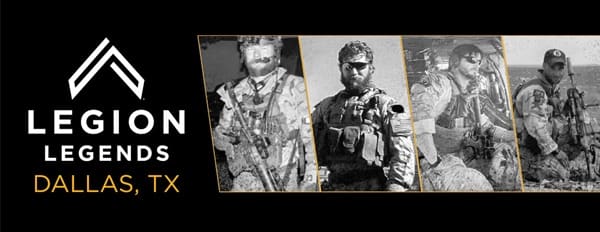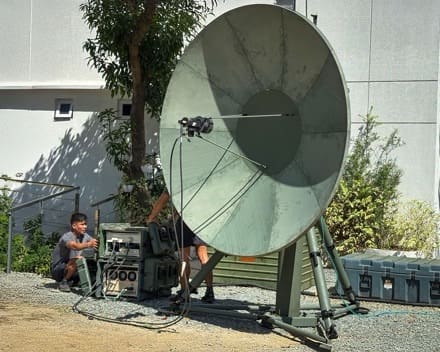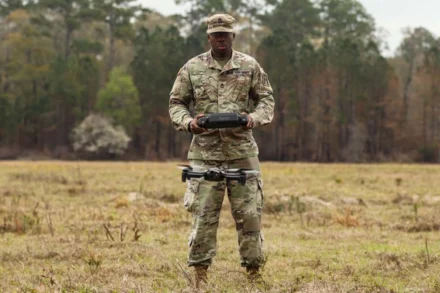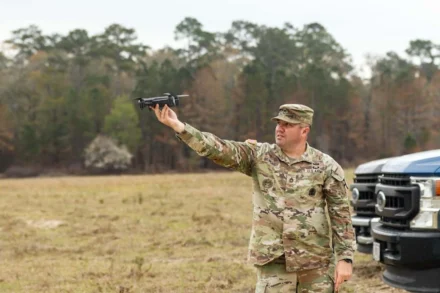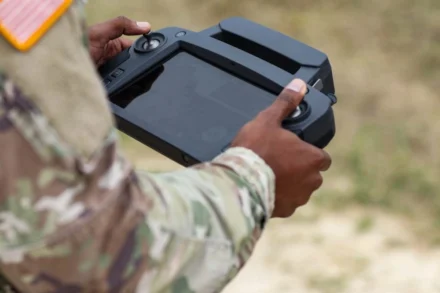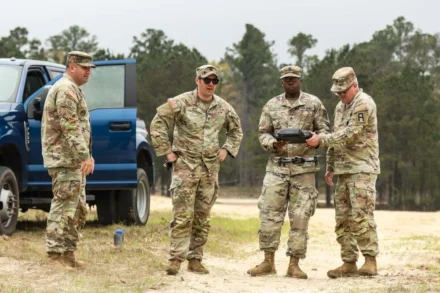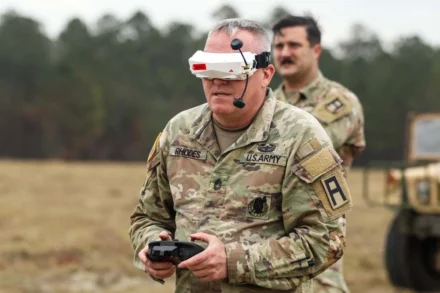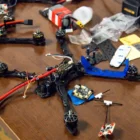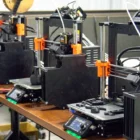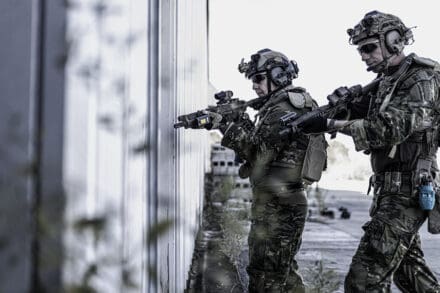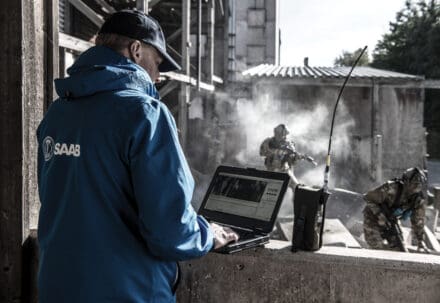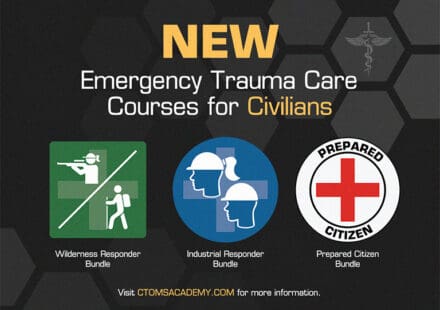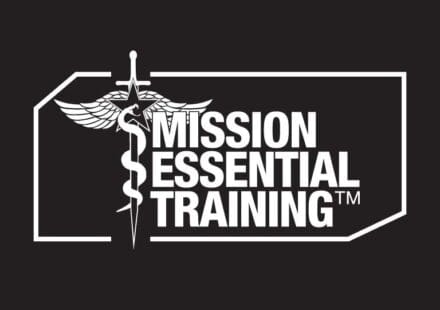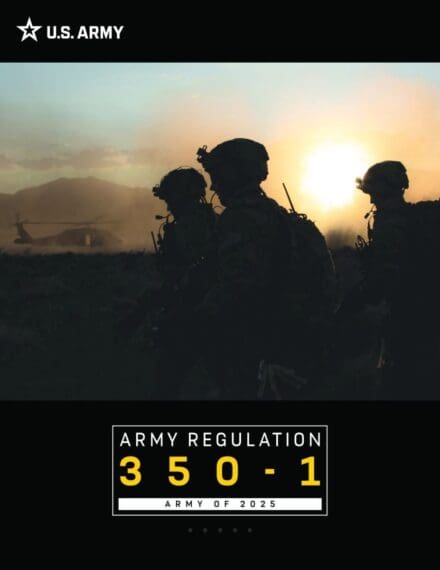
WASHINGTON — The U.S. Army will unveil an updated version of Army Regulation 350-1, Army Training and Leader Development, on June 1, 2025. This revision, which streamlines the regulation from over 250 pages to fewer than 100, will enable small-unit leaders and tactical formations to focus on training to fight and win on modern and future battlefields.
The updated regulation marks a significant step toward simplifying training requirements while enhancing warfighting readiness and effectiveness across the force. In addition, it will remove administrative burdens and unnecessary distractions, allowing Soldiers to focus on essential warfighting skills.
The revised AR 350-1 reduces the number of mandatory training tasks from 24 to 17, reduces requirements, eliminates redundancies and highlights tasks that are essential to warfighting, readiness and lethality. The updates focus on retaining only the essential training required by Department of Defense policies, as well as critical Army-specific tasks that support combat readiness.
Six tasks have been shifted to optional training, at the discretion of commanders, and one task has been eliminated entirely. Outdated programs, including “Resilience Training” and “Structured Self-Development,” have also been removed.
These revisions aim to alleviate the burden on commanders by granting them greater flexibility in customizing training schedules to meet specific mission requirements. The new regulation eliminates restrictions on the duration and locations of certain training events and encourages alternative methods of training delivery.
These changes are part of the Army’s broader effort to prioritize readiness by eliminating unnecessary administrative burdens and sharpening the focus on preparing Soldiers for decisive action in combat. The revised regulation also reorganizes appendices for improved clarity, emphasizing tasks related to warfighting capabilities.
This update reflects the Army’s commitment to ensuring that Soldiers are better prepared for real-world missions while reducing non-essential requirements that can detract from operational effectiveness.
To read the draft of AR-350-1, click here.



